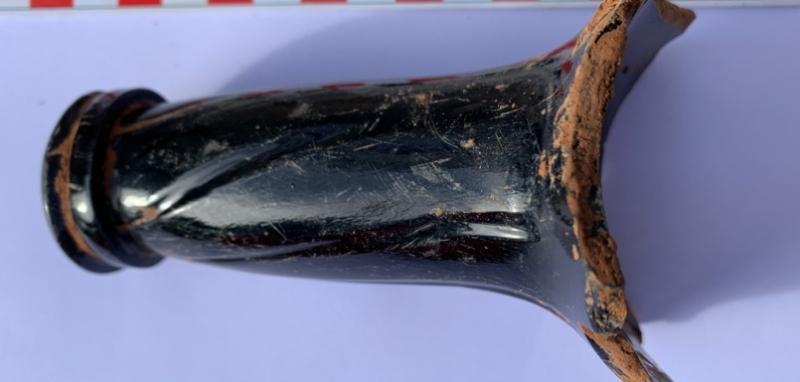Eastern Green Week 7: Artefacts part 2
The excavations at Eastern Green, south of the A45, Coventry, were carried out by L – P : Archaeology (now part of MOLA) on behalf of Orion Heritage and Hallam Land Management. You can read more about the site and the progress of the excavations through these weekly update blogs
This week we had a visit from Dan Garner, who is a specialist in ceramic artefacts. This was a great opportunity for us to learn a lot about the different pottery and ceramic building material (CBM) we have found so far!
Having found two types of Roman roof tiles at Eastern Green, excitingly we have also now found some floor material, in the form of orange-red ceramic tesserae. Like the roof, the actual floor of the building is long gone, but these tesserae give us a picture of how it might have looked.
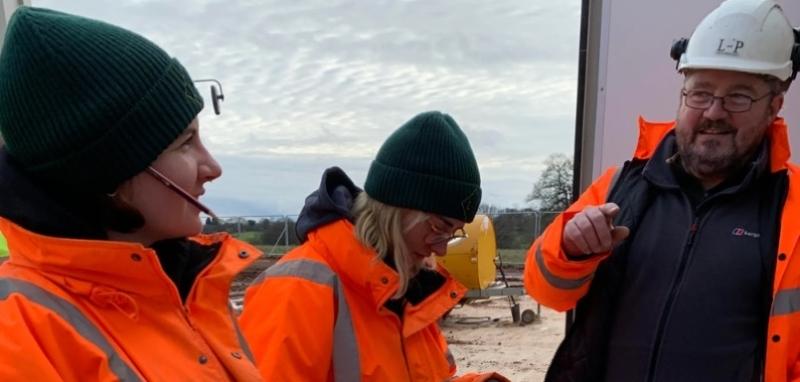
Dan brought with him a tegula found during the evaluation stage of the project - this is when several trenches were dug to see how much archaeology we could expect to find on-site. This Roman roof tile is really interesting because it has a "signature" mark from the person who made it, possibly incised with their fingernail.
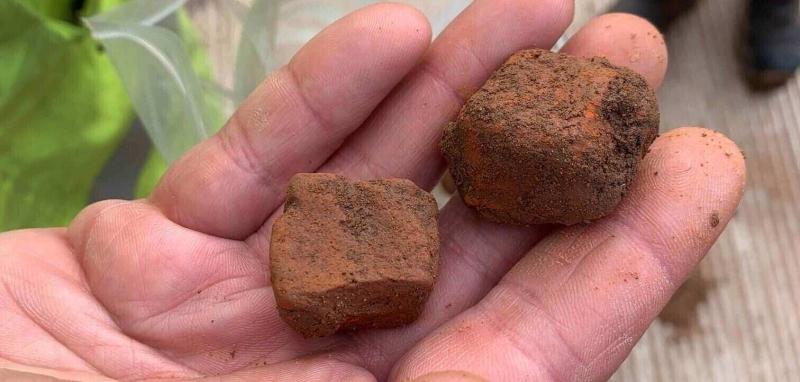
Dan was also able to confirm a recent find - our first piece of Samian Ware! High status Roman pottery, it was mainly produced in Gaul and imported into Britain. We only have a small and quite worn sherd so far, but it is still an exciting find.
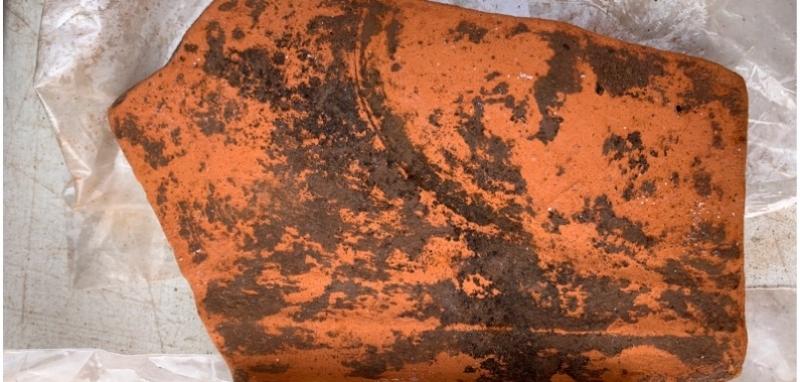
Other Roman pottery found on site includes this Grey Ware vessel, with one sherd showing incised decoration. Greyware is one of the most common types of pottery found in Roman Britain, and finds like this are very useful for helping us date Roman activity at Eastern Green. This vessel was found during the evaluation stage of the project when a lot of Roman pottery was found in a concentrated area!

The Grey Ware pottery was thrown on a wheel. In contrast this Black-burnished Ware (below), which was produced in Dorset in the 3rd century, was made using a technique called coiling. This is where the clay is rolled into a long cylinder and then coiled round to construct the pot.
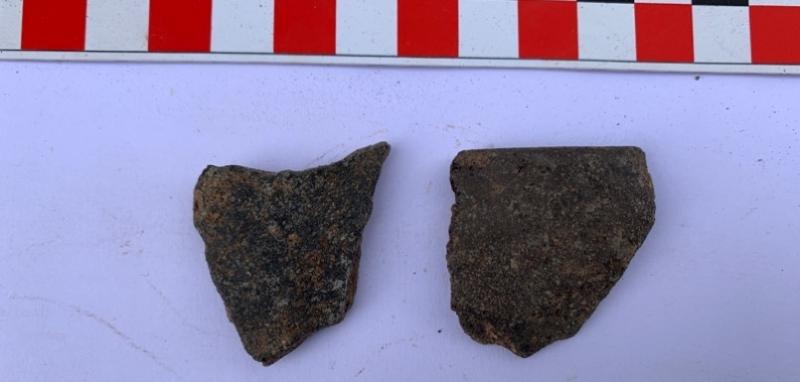
We also have found a small amount of medieval pottery, such as this handle which still has very small amounts of yellow glaze. This is the handle of a jug that was made less than 10 miles away (as the crow flies) at Chilvers Coton in Nuneaton, hence it is called Chilvers Coton Ware. This jug would have been made at the high point of medieval pottery production in Chilvers Coton, as it dates to c.1250-1300.
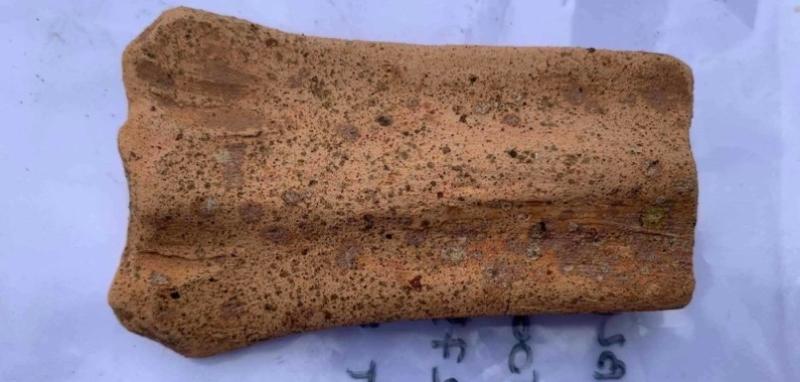
We have also found the bottom of a Cistercian Ware cup. Cistercian Ware is earthenware pottery, covered with a dark glaze (often lead based) which was produced from the end of the medieval period into the 17th century. Dan told us this cup is likely to have been produced no later than the early 17th century.
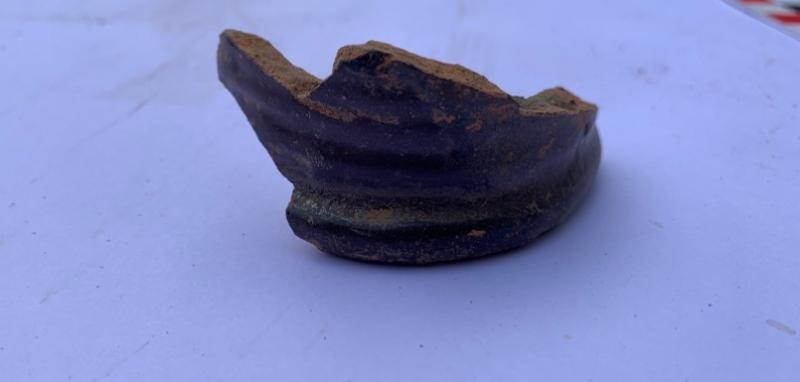
A large majority of our artefacts from site are pottery and CBM, but we have also found a small amount of glass. The best example so far is this neck of a handmade bottle, dating to the late 18th or early 19th century. This was made before the introduction of bottle-making machines in the 1880s.
